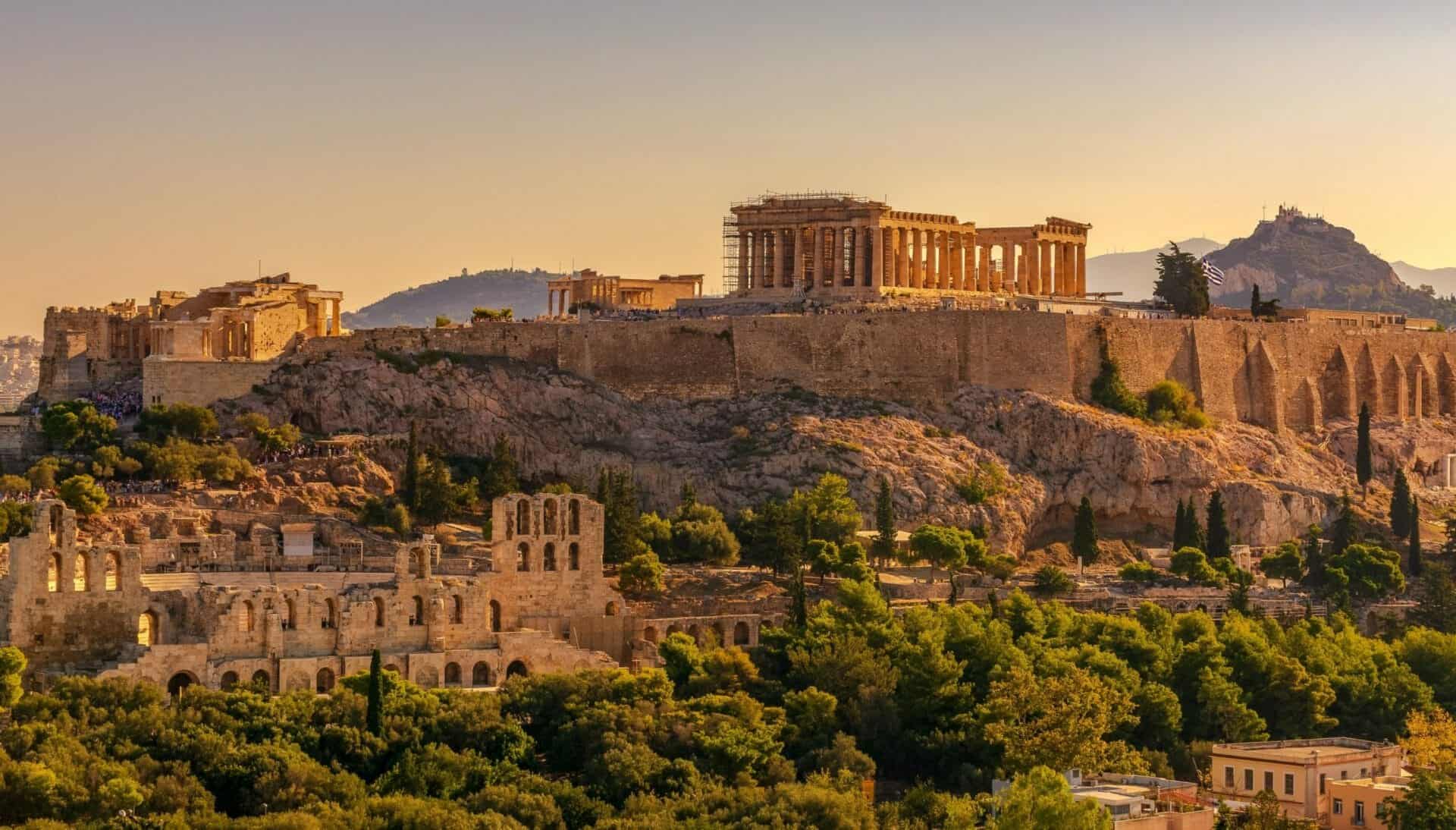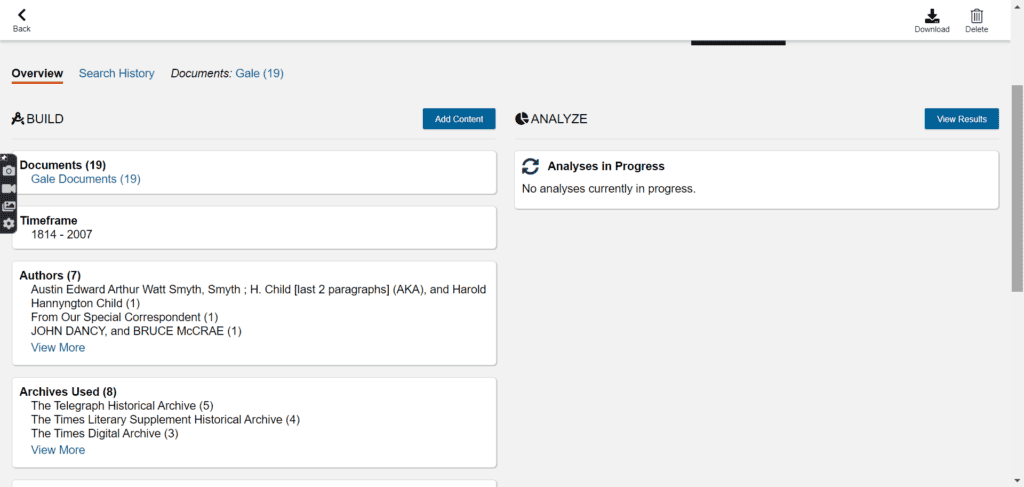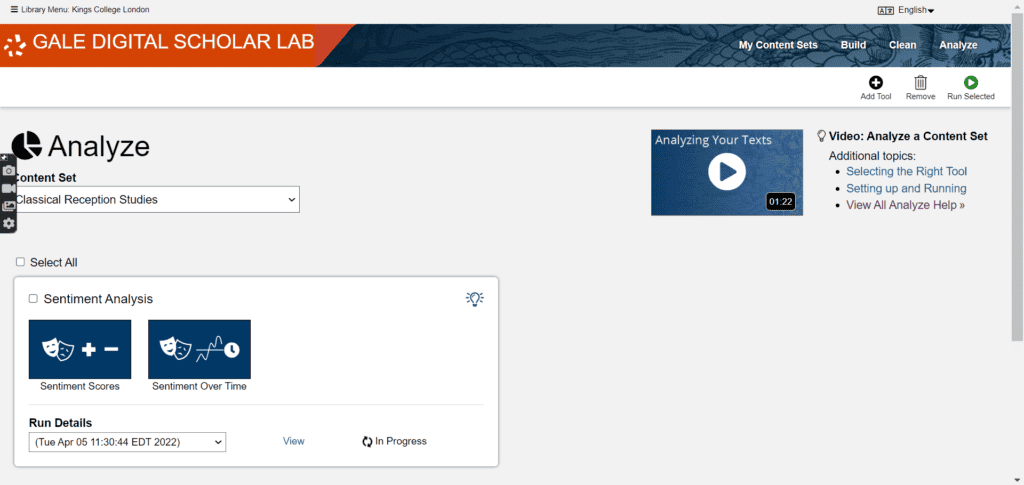| By James Carney, Gale Ambassador at King’s College London |
Classical Reception Studies refers to the interpretation, imaginings and reimaginings of the classical world since antiquity. It can illuminate the enduring pertinence of the ancient world throughout history – particularly in the cultural realm where its influence is most pronounced. Gale digital archives and, more recently, the Gale Digital Scholar Lab can markedly benefit any undertaking into this area by exposing the nature of classical reception across the ages, but also the discourses that surrounded and emerged from various interpretations of the ancient past.
Cultural Metamorphosis: Ovidian Reception
One of the most widely received ancient writers from medieval to modern periods is Ovid. Best known for his magnum opus the Metamorphoses, his legacy has lent itself to the performing arts as well as sculpture for challenging yet imaginative set-pieces of fantastical (and generally sexual) violence. In fact, there is an interdepartmental and intercollegiate module offered here for both King’s and UCL students that explores the reception of Ovid (entitled Ovid Through the Ages) which attracts undergraduates from Classics, English and Comparative Literature every year! Pertinent to students of that module, as well as those generally interested in classical reception, is Gale’s The Times Digital Archive in which, using a key word search and content filters, it’s possible to discover prominent reviews of Ovidian adaptations from 1785 until as late as 2019!
These primary sources represent an invaluable insight into various discourses surrounding classical reception, and as such can bolster any research into not only creative interpretation of antiquity but equally the critical. For example, this 1810 review of Narcisse et les Trois Graces at the King’s Theatre which is “founded on the well-known tale by Ovid” details how “some deviations from the original” resulted in “considerable applause.” However, while the writer praises the musicality of the reception, he critiques how the old mythology is “worn out.” This raises a series of interesting interpretative questions for the Classical Reception Studies scholar – to what extent are creative liberties useful in Reception Studies? How do we make sense of contrasting critical and popular reactions? What is the value of deviating from original sources and what is the value of abiding by them? Clearly, these primary sources open an economy of interpretative questions and, as such, the value of Gale archives in assisting this investigation is undeniable!
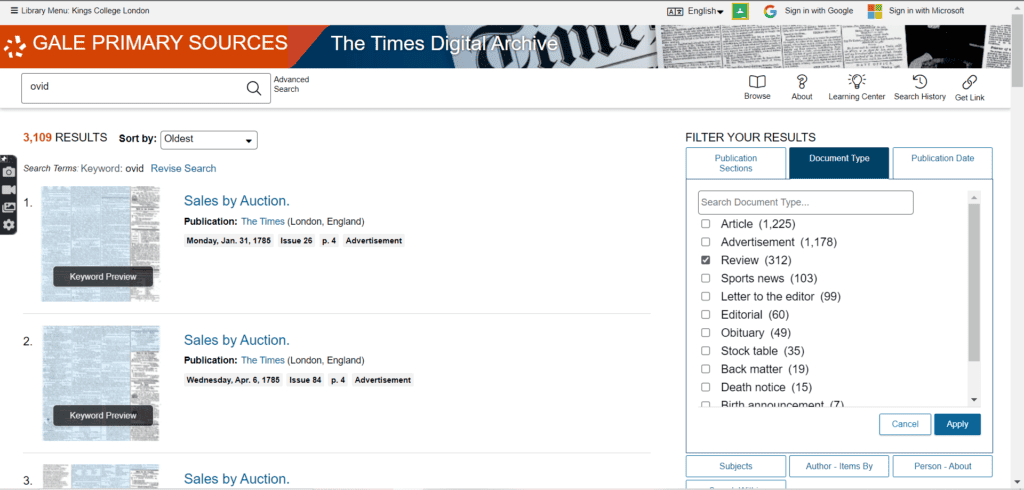
The Classical Blueprint: Homer
No discussion of the Classics can be feasibly held without the inclusion of a discourse on Homer. Broadly assumed to be the author of Ancient Greek epic’s most notable works – the Iliad and the Odyssey – the enigmatic figure has been the subject of discussion for centuries.
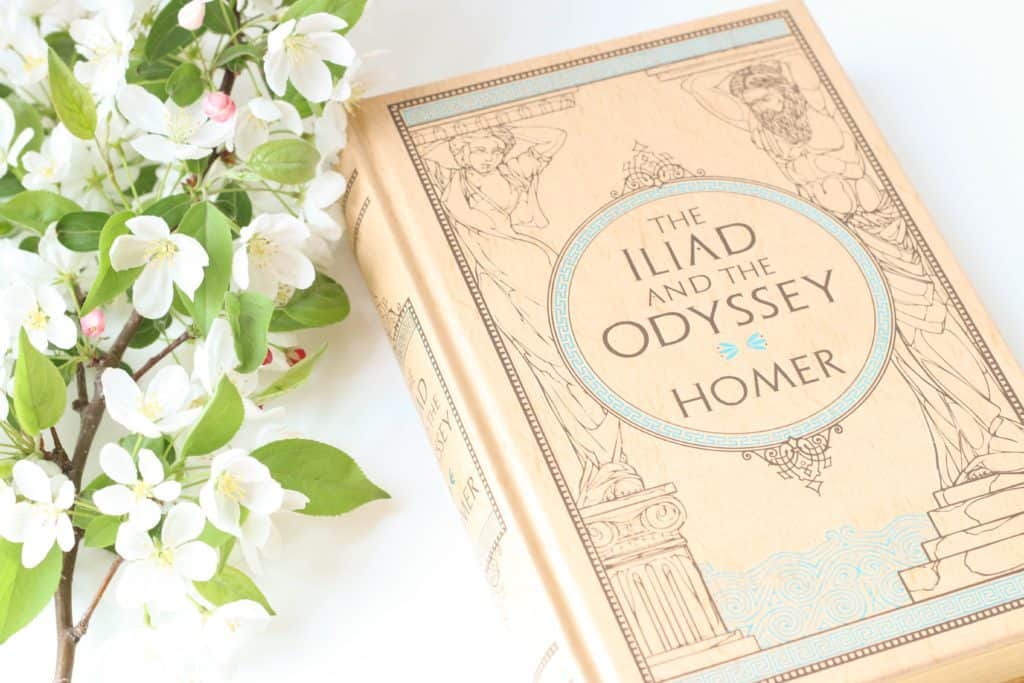
One of the most prominent historical debates in classical scholarship considers whether these epics were composed by a single, genius poet or rather represent a recorded compilation of various oral storytelling traditions that prevailed over early centuries. While contemporary scholarship generally sides with the unitarian perspective (that the work, while influenced by orality, is the work of one poet), it can be interesting to examine the evolution of the debate.
The Times Digital Archive again engenders such a possibility. This 1853 review by Professor Aytoun on the value of poetry delivers insight into critical reception of Homeric poetics in the nineteenth century. A unitarian view can be discerned from Aytoun’s argument that Homer represented “the embodiment of the traditions of his time.” Furthermore, Aytoun offers a unique perspective on how the grounded location of the Iliad has caused its material to intrigue not only literary scholars but also archaeologists, as it is not so detached from Greece at the time (as some later epics were). The insights produced here lend themselves very well to Classical Reception Studies, as they display the evolution of discourse on Homeric authorship but also assume a meta-empirical value to Reception Studies by propelling ideas of why the past continues to intrigue.
Classical Reception Studies and Gale Digital Scholar Lab
Perhaps the most invaluable tool for Classical Reception Studies that Gale offers is Gale Digital Scholar Lab. This platform involves scholars building content sets with up to 10,000 primary sources, which Gale Digital Scholar Lab then cleans and fine-tunes so that content can be analysed in powerful new ways, such as clustering based on Term Frequency or exposing new thematic connections via use of Topic Modelling. The main benefit of Gale Digital Scholar Lab is that it shifts the traditional emphasis of the humanities on “close reading” sources to “distant reading,” thereby enabling analysis of far more data than ever before.
This shift towards digital humanities and new technologies, supported by Gale, holds manifold uses for Classical Reception Studies. For example, it can provide an accurate overview of prevailing terms in classical discourses across different periods of time, allowing scholars to trace trends according to their points of prevalence and thereby produce clear, quantitative reflections of subject evolution. It can also provoke associations previously unthought of between various themes, opening new lanes of subject analysis and insight. The holistic overview provided is truly invaluable for a field that focuses on how thought changes over time.
An Example “Distant Reading” Exercise
To demonstrate the utility of Gale Digital Scholar Lab, I have constructed a very simple content set of sources related to classical reception from the nineteenth century until the twenty-first, as part of the first step of a “distant reading” exercise.
After the construction of the content, the next step is letting Gale Digital Scholar Lab run relevant analyses. I chose to use the Sentiment Analysis tool which classifies documents based on an affective orientation of a writer on a topic – in this case, the topics relate to Ovid, Homer or Classical Studies.
The results, pictured below, map the sentiment analysis from 1814 until 2007, with the strongest positive sentiment appearing in 1925 under the topic of Classical Studies. These results are unsurprising because discussion of the classical tradition was very famously popularised in the 1920s. Therefore, it makes sense that the highest positive score lands in the middle of this decade under a broad discussion of the subject area.
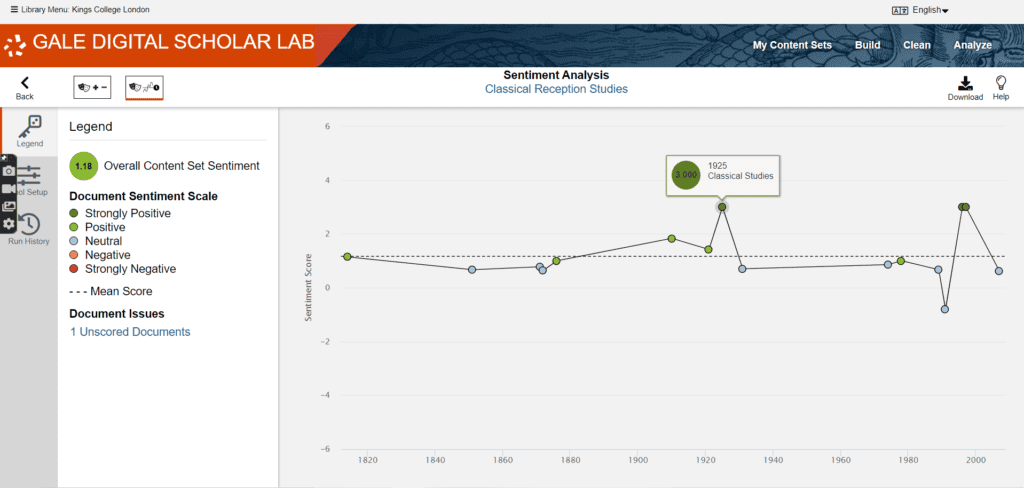
In all these ways, it is clear that Gale’s primary sources and analysis tools can emphatically benefit any undertaking into examining the reception of the classical past. Collections like The Times Digital Archive and resources like Gale Digital Scholar Lab can be employed for both close and distant readings of relevant sources to provide a holistic overview of prevailing discourses, trends and interpretations in Classical Reception Studies.
If you enjoyed reading about Classical Reception Studies and the Gale Digital Scholar Lab, you might also enjoy these other blog posts:
- Practical Pedagogy with Gale Digital Scholar Lab, Part II: Approaches to Project-Based Teaching and Learning
- Can Digital Humanities teach us more about Political Extremism?
- From Archives to Arguments – a Project Course at the University of Helsinki makes use of Gale Digital Scholar Lab
- How Gale Digital Scholar Lab Made Digital Humanities Less Daunting
Blog post cover image citation: Image by Constantinos Kollias, available on Unsplash.com.

